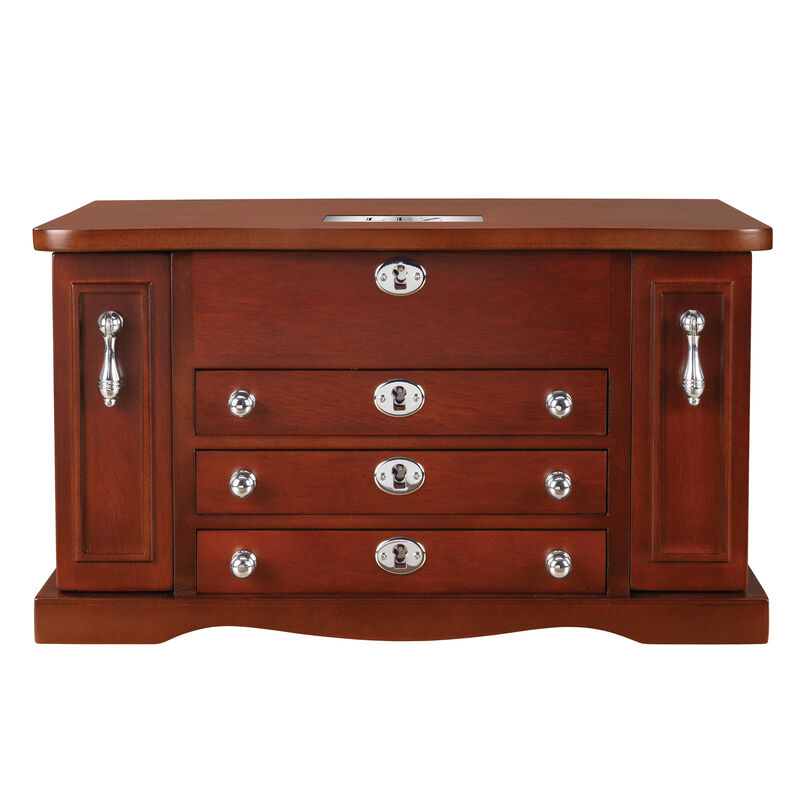Easy-to-Follow Free Woodworking Plans for Beginners Who Want to Build Beautiful Projects

Easy-to-Follow Free Woodworking Plans for Beginners Who Want to Build Beautiful Projects
Embarking on a woodworking journey can be a fulfilling and rewarding experience. It allows you to unleash your creativity, transform simple materials into stunning pieces, and create lasting memories. For beginners, however, the world of woodworking can seem daunting. But fear not! With the right guidance and readily available resources, even novice woodworkers can build beautiful projects that they’ll cherish for years to come.
This guide will equip you with everything you need to get started, providing easy-to-follow free woodworking plans specifically designed for beginners. These projects are not only aesthetically pleasing but also achievable for those just starting out, fostering a sense of accomplishment and encouraging you to explore further into the world of woodworking.
Essential Tools and Materials
Before diving into the plans, let's gather the essential tools and materials needed for most beginner woodworking projects. While this list might seem extensive, it’s important to understand that you don’t need to purchase everything at once. As you progress, you can gradually add more tools and materials as your needs and skills evolve.
Basic Hand Tools
- Measuring Tape: Essential for accurate measurements and ensuring your project is dimensionally correct.
- Pencil: Used for marking wood and transferring measurements.
- Hammer: For driving nails and securing pieces together.
- Screwdriver: For attaching screws and other hardware.
- Wood Chisel: Used for shaping wood and creating precise cuts.
- Level: Ensures your project is perfectly level and balanced.
- Clamps: Hold pieces of wood together securely during construction.
- Safety Glasses: Protect your eyes from wood chips and debris.
Power Tools (Optional)
- Power Drill: Provides more torque and speed for drilling holes and driving screws.
- Jigsaw: Cuts curves and intricate shapes in wood.
- Circular Saw: Makes straight cuts in wood for creating panels and frames.
Wood Materials
- Pine: An affordable softwood that is easy to work with, ideal for beginner projects.
- Oak: A harder, more durable hardwood that adds a classic and elegant touch.
- Plywood: A layered wood product that offers strength and stability.
Free Woodworking Plans for Beginners
Now that you’re equipped with the basic tools and materials, let's explore some beginner-friendly woodworking plans that you can start building right away.
Simple Wooden Coasters
This project is perfect for beginners as it requires minimal tools and materials. You can create a set of unique coasters to add a personal touch to your home decor.
Instructions:
- Cut squares or circles of wood using a saw or jigsaw.
- Sand the edges and surface of the wood to create a smooth finish.
- Optional: Stain or paint the coasters to your liking.
- Apply a sealant or varnish to protect the wood and enhance its durability.
Wooden Cutting Board
A cutting board is a practical and versatile woodworking project that can be personalized with different shapes, sizes, and wood types.
Instructions:
- Cut a rectangular piece of wood to the desired dimensions.
- Round the edges of the board for a more comfortable grip.
- Sand the surface of the board to achieve a smooth finish.
- Optional: Add a juice groove to the board for better functionality.
- Apply a food-safe finish to protect the wood and prevent staining.
Rustic Wooden Shelf
This project allows you to create a stylish and functional shelf to display your favorite items.
Instructions:
- Cut two pieces of wood for the shelf supports.
- Cut a piece of wood for the shelf itself.
- Attach the supports to the shelf using screws or nails.
- Sand the entire shelf and apply a stain or paint.
- Mount the shelf to the wall using appropriate hardware.
Wooden Birdhouse
Build a charming birdhouse to attract feathered friends to your backyard.
Instructions:
- Cut pieces of wood according to a birdhouse plan.
- Assemble the birdhouse using wood glue and screws.
- Cut a hole for the entrance, ensuring it’s the right size for the bird species you want to attract.
- Sand the birdhouse and apply a weather-resistant paint or stain.
- Install the birdhouse on a tree or post.
Tips for Beginner Woodworkers
Here are some helpful tips to enhance your woodworking journey as a beginner:
Start Small and Simple
Begin with smaller, less intricate projects to build your skills and confidence. As you become more comfortable with the tools and techniques, you can gradually tackle more complex projects.
Learn Basic Woodworking Techniques
Familiarize yourself with fundamental woodworking techniques, such as measuring, cutting, sanding, and finishing. These techniques will form the foundation of your woodworking skills.
Practice Patience and Precision
Woodworking requires patience and attention to detail. Take your time, work carefully, and don’t be afraid to make mistakes. Mistakes are opportunities to learn and improve.
Safety First
Always prioritize safety when working with wood. Wear safety glasses, use appropriate tools, and follow safety guidelines for each project.
Seek Inspiration and Guidance
Explore online resources, woodworking books, and local woodworking communities for inspiration and guidance. There are endless possibilities in woodworking, and learning from others can help you expand your skills and creativity.
Conclusion
Woodworking is a rewarding hobby that allows you to create beautiful and functional pieces. With the right free woodworking plans and a willingness to learn, even beginners can achieve great results. So, grab your tools, choose a project, and start building!






:max_bytes(150000):strip_icc()/birdhouse-bd244c546f454563a8c887babfba0806.jpg)

